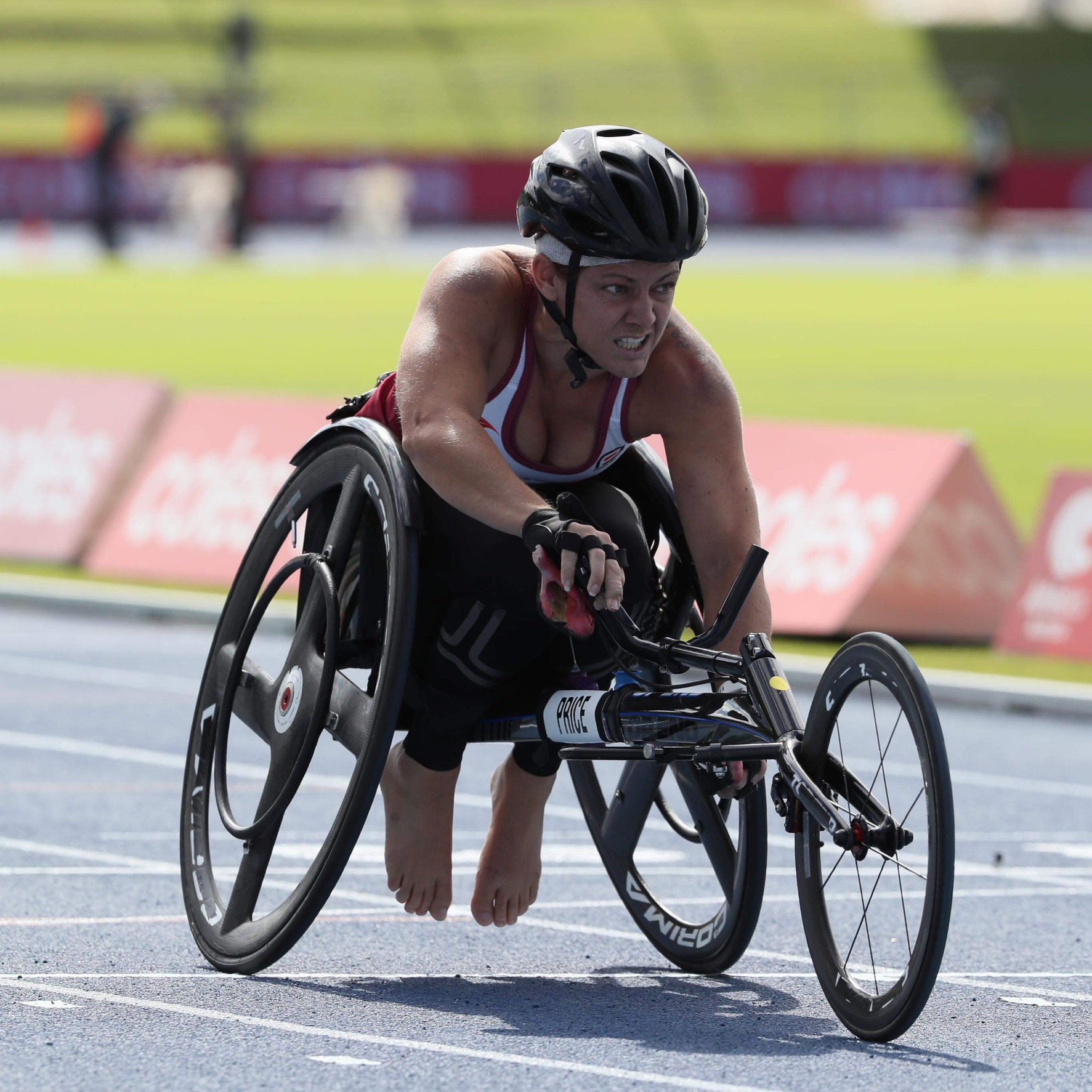Learning my HIV status early put me ahead of the ball game
On World AIDS Day, author and Emmy Award winning AIDS activist Rae Lewis-Thornton talks about her decades-long journey with the disease and how medtech innovations have supported her.
“I believe I was infected with HIV in 1983,” says Rae. “In the US, the HIV antibody test was approved in 1985 and shortly after that, blood banks began testing all donated blood. Within a year of this technology I donated through a blood drive that I’d organised at work. That’s how I found out that I was HIV positive.” She was 24 and her career as a political strategist was taking off.
Today, about 38 million people are living with the human immunodeficiency virus (HIV), which attacks the body’s immune system, specifically the CD4 cells (T cells) that help fight infections. Untreated, HIV reduces the number of T cells in a person’s body, making it increasingly harder to ward off infections and disease. The virus can only be passed between people via semen, vaginal fluid, breast milk and blood. If a person’s T cell count drops below a certain threshold (200 cells/mm) or if they develop so-called ‘opportunistic’ illnesses, they have acquired immunodeficiency syndrome (AIDS), the most severe phase of HIV infection.
“I’ve been infected for 36 years, which is remarkable. I happened to be at the cutting edge of medical technology, and I had a doctor who knew how to use the technology,” Rae notes. “The treatment was mediocre back then, and my doctor knew that the best way to keep me alive was through regular testing using the medtech that was available at the time.” This included bloodwork every six months to measure Rae’s disease progression through her T cell count, as well as tests for opportunistic infections like parasites, which were often fatal for people with HIV.
“Within seven years of my diagnosis, it was through my T cell count that we knew I was transitioning to AIDS and would need more care and new medicines,” she comments. “At one point my T cell count was 8, whereas the average person’s is 1,000.”
The next major technological innovation that Rae witnessed was the viral load test – like T cell measurement, it was another indicator of disease progression. “But this led to the most important breakthroughs, including the development of medications that actually reduce the amount of virus in a person’s body,” explains Rae. “From the ability to reduce the virus, they then learned that you could not transmit HIV to another person with an undetectable viral load. At one point, my viral load was 397,000. Now it’s undetectable.”
Ever since Rae transitioned to AIDS, her life’s mission has been to educate people – especially young people – about HIV as well as challenging the stigma and lack of information around it. “We need to get people to a place where they’re no longer afraid of this disease. You don’t know what you think you know,” she emphasises. “My absolute rule is: ‘get tested’. The earlier you know your status, the longer you live. Today, you can get tested, get treatment and live a long life.”
Rae is now working on her memoir in which she talks frankly about her traumatic childhood and her journey with HIV/AIDS. The book will be released next year.






